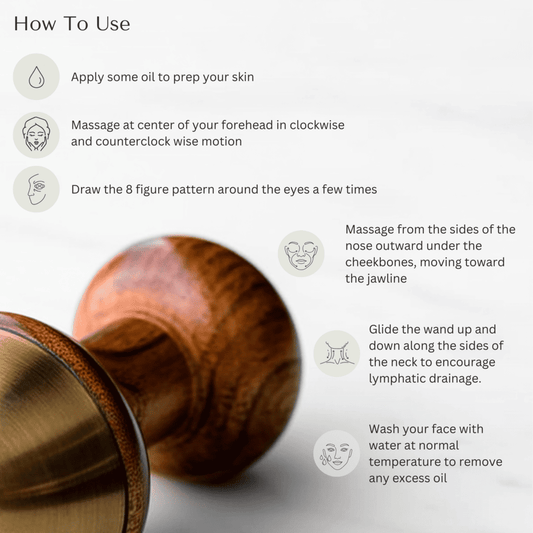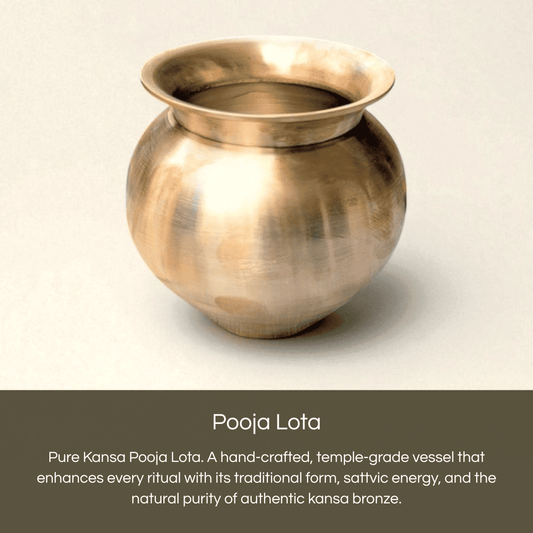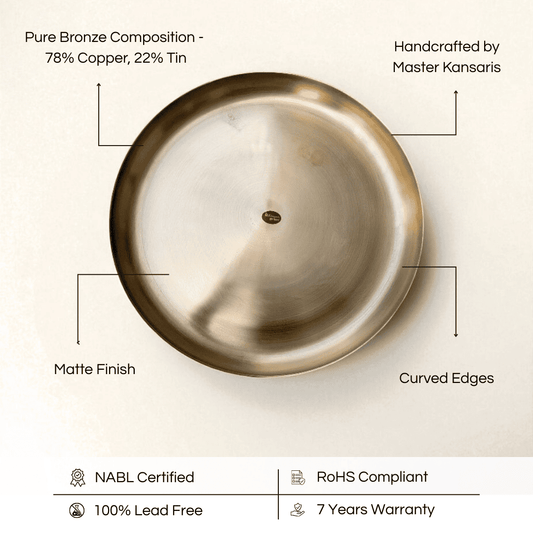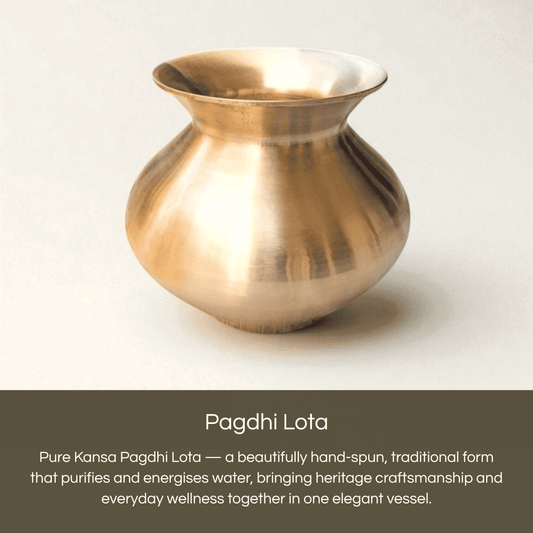
30 Essential FAQs About Kansa & Bronze – Expert Answers
\Welcome to your go-to guide on Kansa (bronze) cookware and tableware. Whether you’re curious about safety, cooking performance, cleaning tricks, health benefits, or how to choose the best pieces, we’ve gathered and rephrased the top 30 questions people ask—answered in plain English by someone who’s handled these beautiful, time-tested wares.
Composition & Safety
1. What exactly is Kansa or bronze?
Kansa (often called bronze) is a copper-tin alloy—typically around 78% copper mixed with 22% tin.
2. Is it safe to cook and serve food in Kansa?
Absolutely. Thanks to the tin content, it’s much less reactive than pure copper or brass, making it food-safe without extra coating.
3. Will any metal leach into my meals?
Minimal to none. The tin helps seal in the copper, so you won’t get unwanted metal flavors.
4. Could there be harmful additives?
Reputable makers produce Kansa without any lead, chrome, or other nasties.
5. Can I use it with acidic dishes, like tomato sauces?
Yes—especially in cast Kansa pieces. Hand-beaten ones can be slightly more reactive, so cast versions are best for very tangy foods.
Cooking & Use
6. Can I actually cook on a gas stove with Kansa pots?
You can. Cast bronze cookware works beautifully over flame; beaten bowls are better for reheating or serving.
7. Will it work on an induction cooktop or in the microwave?
No—bronze isn’t magnetic (so no induction) and metallic surfaces don’t belong in microwaves.
8. Do I need to season my bronze pan, like cast iron?
Not required—but rubbing in a little oil or ghee can help it develop a gentle, natural non-stick layer.
9. How non-stick is it?
Over time, regular use and light seasoning create a smooth, semi-nonstick surface—minus any toxic coatings.
10. Does it heat evenly and retain warmth?
Yes—copper’s great at conducting heat, and tin holds onto it for steady cooking.
11. Is it best suited for gas burners?
Indeed. Gas flames play to Kansa’s strengths, giving you quick heat-up and even distribution.
12. Can I deep-fry in a bronze kadai?
Definitely. Its even heat makes it perfect for pakoras, fritters, and curries.
13. What about whisking egg whites—is bronze good for that?
Copper bowls are traditionally preferred, but a sturdy bronze bowl works almost as well.
Cleaning & Maintenance
14. How should I clean my Kansa cookware?
Gently, with warm soapy water and a soft sponge—no harsh scrubbing or dishwashers.
15. What removes dark spots or light patina?
Lemon juice with salt, a vinegar rinse, or traditional cleaners like Pitambari powder do the trick.
16. Why do I sometimes see black residue?
It’s a harmless byproduct of its artisanal crafting—just rinse away, and it fades over continued use.
17. Is green oxidation dangerous?
That green film is copper oxide; wipe it off before cooking—it isn’t healthy to ingest.
18. Can I pop Kansa in the dishwasher?
Avoid it. High heat and harsh detergents can dull and damage your bronze.
19. How do I keep scratches and water stains at bay?
Dry fully before storing, and consider wrapping pieces separately to prevent metal-on-metal marks.
Health Benefits
20. Does Kansa help balance my body’s pH?
Ayurveda says yes—bronze’s mild alkalinity can support digestion when you eat or drink from it.
21. Does it kill germs?
Trace copper is naturally antimicrobial, giving your dishes a tiny immune boost.
22. Any anti-inflammatory perks?
Many people report soothing effects—ancient texts praise bronze for calming and healing.
23. Is it heart-healthy?
Copper plays a role in cardiovascular health, and bronze can gently release trace amounts.
24. Can it help me eat healthier?
Its nonstick quality means you often need less cooking fat, so meals can be leaner.
25. Does it lock in nutrients?
Bronze cooking is said to preserve more vitamins and minerals than some other metals.
26. What about “energized” water?
Storing water overnight in a Kansa vessel is an Ayurvedic ritual believed to balance your doshas.
Buying & Usage Tips
27. How can I check if it’s genuine?
Give it a light tap—authentic Kansa rings with a clear chime. A magnet shouldn’t stick.
28. Cast vs. hand-beaten—what’s the difference?
Cast pieces are sturdier and stove-ready; hand-beaten bowls shine as elegant serving ware.
29. Where do I find top-quality Kansa?
Look for certified artisan brands or trusted workshops in traditional centers like Jodhpur or Odisha.
30. How long will it last?
With simple, regular care, your bronze cookware can outlive you—often passed down through generations.



















